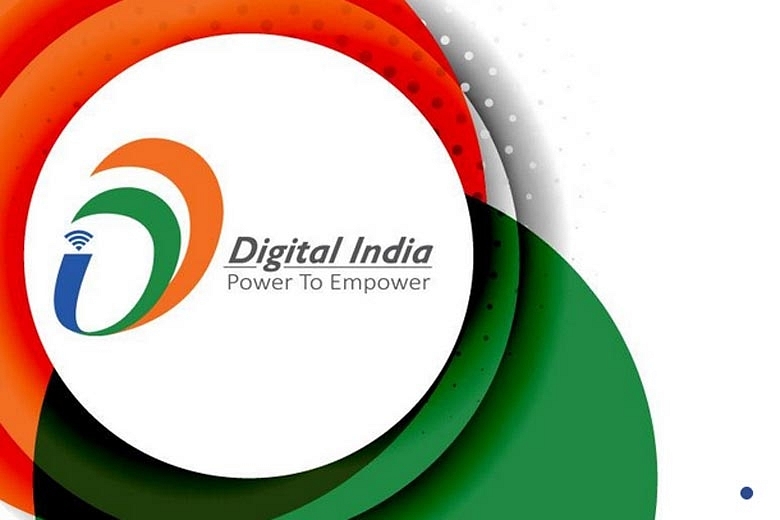Business
#DigitalIndia - Smart Health For Smart India

It is imperative that the benefits of the digital age also percolate to a very critical aspect of human welfare: Healthcare. Here is how it will work.
One of the key announcements during the launch of the #DigitalIndia programme by Prime Minister Narendra Modi was the provision of e-education and e-health in the Digital India vision. The Prime Ministers Digital India project provides the much needed backbone for smart health services and supplementing the “brick & mortar” schools and hospitals that are being built. This programme has the potential to reshape our lives in unimaginable ways. With easy and affordable access to devices and applications that keep us connected no matter where we go, the transition is being made to an age of super-effective communication and easy connectivity to all kinds of vital information. It is imperative that the benefits of the digital age also percolate to a very critical aspect of human welfare: Healthcare.
The Modi government rightly focuses on using technology to improve the dismal standards of basic healthcare in real India, or Bharat, a vast majority of the people of which still live in rural and remote villages. Countrywide and global evidence clearly shows the effective use of ICT in healthcare can improve access, reduce costs and empower doctors-patients. In turn, these are expected to improve health outcomes. India has been aggressively experimenting with the use of ICT in health, with notable progress in tele-education and tele-medicine, and ‘e-health’ pilots abound. Many of these services are ready to take the next step and be scaled up to achieve their potential. Use of telemedicine can be the kick-starter to achieve size and scale to improve the primary healthcare network in the country.
It is important to keep in mind that the majority of India’s healthcare seekers, across all socioeconomic groups, go to the private sector to get care. This system, handling millions of patients every year, is to a large extent disconnected from public services. It leads to these patients remaining unaccounted-for, unmonitored, and unsupported.
Traditionally, the private and public healthcare sectors in India have viewed each other with mistrust, and to get them to work in tandem is not an easy task. Regulations notwithstanding, efforts need to be made to build confidence and foster cooperation. This is where the true advantage of ICT lies. Technology is available to doctors and can be used for notifying, reporting and following up on medical cases and most importantly sharing this information across the public and private sectors. Today, with so many data points and exponentially improving connectivity, we must make better use of big data to guide our operations in any sector, including monitoring patient adherence to a treatment protocol, tracking epidemics and so on.
The entrepreneurial ecosystem being boosted by creating demand, platforms and providing incentives will result in many innovative business models to disrupt healthcare in India, with the word “disrupt” being used in a positive sense. Telemedicine based Primary Care, creating a MarketPlace for doctors and suppliers, Real time data collection & monitoring of patients, Electronic Health Records/HealthLockers, Disease Awareness Systems are many of application areas where interventions and innovation are prospering.
Take the example of Nikshay, a case-based, web-based reporting and recording system launched by the Revised National Tuberculosis Control Programme (RNTCP). It acts as a centralised avenue for data collection of TB cases, and aids tracking the progress of patients and keeping the stakeholders including the patients in the loop providing increased transparency and monitoring. The government benefits with better accountability, transparency and planning and targeted programmes.
No doubt the primary success of any ICT application lies in the ease of use, better awareness and education. New Age innovators must come out with easy-to-use applications that are digitally inclusive and cater to simple mobile phone users and not so digitally literate segments too. As #DigitalIndia connects more Indians, provides greater Digital Literacy, and as costs of smart devices and connectivity become even more affordable, the potential for expanding the reach of Smart Health will become immense. Making easy software is the most difficult task.
India is a leader in innovation, research and IT. It is important that this innovation potential and these resources are harnessed to combat India’s healthcare challenges. If we truly want to improve access to healthcare and sustain it, we need to scale up such innovative practices. It’s time for us to move beyond working for IT. IT now needs to be made to work for us.
Arvind Gupta (@buzzindelhi) is a Co-Founder of Digital India Foundation, Eisenhower Fellow for Innovation, currently heading the BJP’s Information and Technology Group. The views expressed are personal.
Support Swarajya's 50 Ground Reports Project & Sponsor A Story
Every general election Swarajya does a 50 ground reports project.
Aimed only at serious readers and those who appreciate the nuances of political undercurrents, the project provides a sense of India's electoral landscape. As you know, these reports are produced after considerable investment of travel, time and effort on the ground.
This time too we've kicked off the project in style and have covered over 30 constituencies already. If you're someone who appreciates such work and have enjoyed our coverage please consider sponsoring a ground report for just Rs 2999 to Rs 19,999 - it goes a long way in helping us produce more quality reportage.
You can also back this project by becoming a subscriber for as little as Rs 999 - so do click on this links and choose a plan that suits you and back us.
Click below to contribute.
Latest